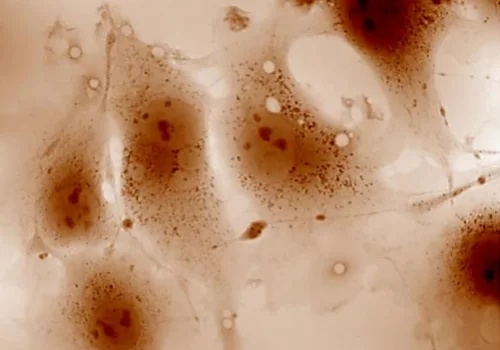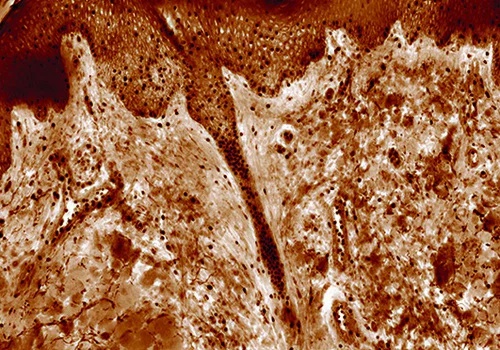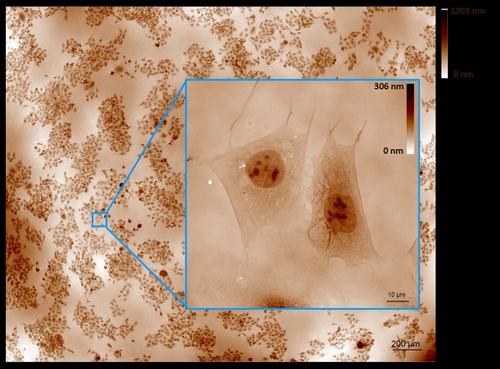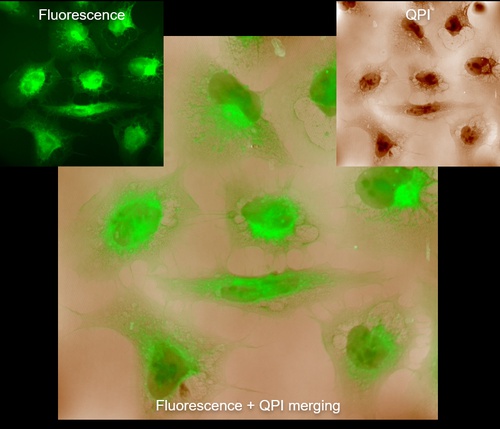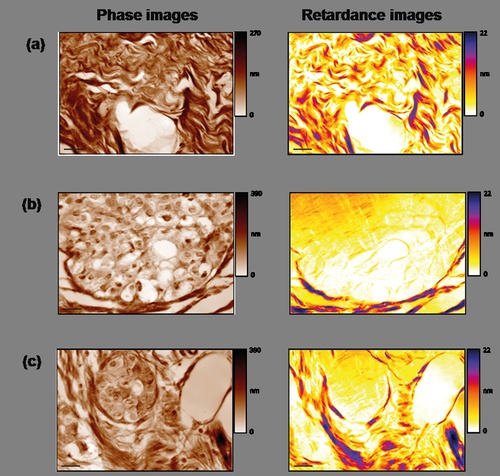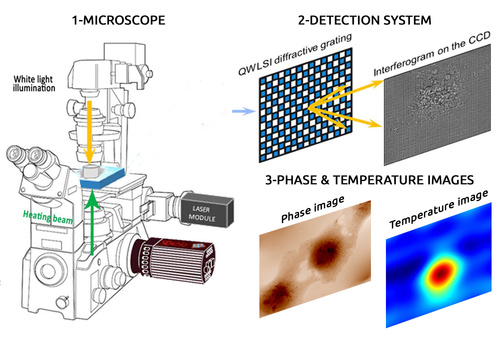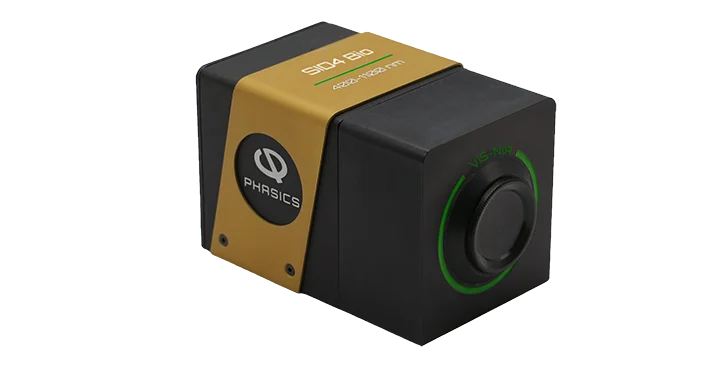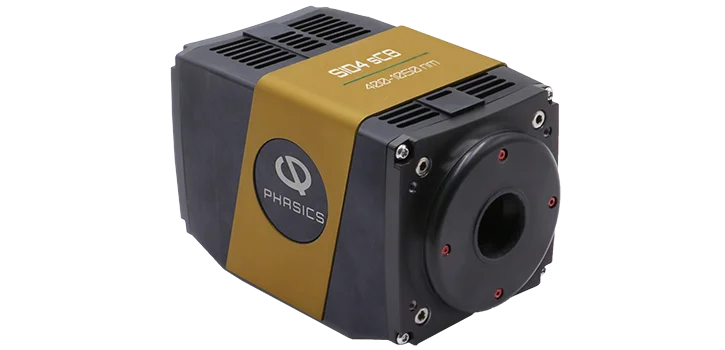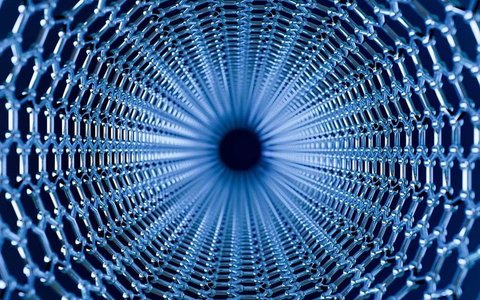The Phasics technique generates artefact-free highly contrasted images without any fluorophore. It is perfectly suited for label-free imaging of cell membraneand organelles such as mitochondria or vesicles.
- It is label-free, so it enables non-invasive time-lapse microscopy
- It easily combines with fluorescence microscopy to observe labelled molecules in their environment
- It requires single image acquisition and thus does not exhibit any artefact due to motion (vesicles, membranes)

